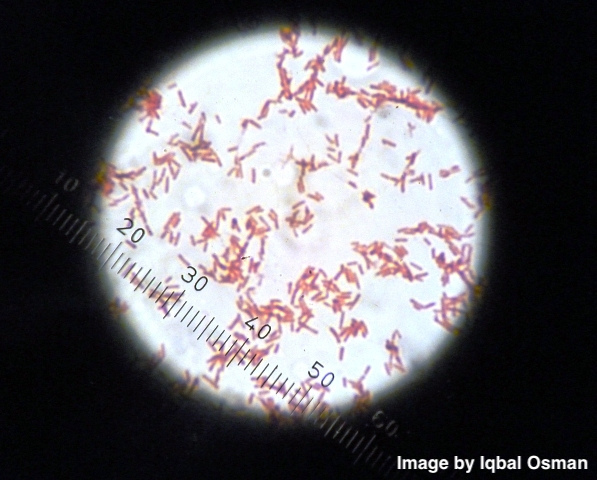RSE Fellowship plans: Leila Mureşan, University of Cambridge
Posted on 25 January 2018
RSE Fellowship plans: Leila Mureşan, University of Cambridge
 By Gillian Law.
By Gillian Law.
New Research Software Engineer (RSE) fellow Leila Mureşan will be using her microscopy image analysis skills to develop software for biologists, physicists and mathematicians as part of her RSE fellowship.
As a scientific software engineer at the University of Cambridge’s Cambridge Advanced Imaging Centre (CAIC) Mureşan designs and implements software to analyse imaging data. Computational microscopy uses software and computation to get around the limitations of optical systems, she says. Mureşan trained as a computer scientist in Romania, and went on to study the analysis of single molecule microscopy images with application to ultra-sensitive microarrays for her PhD at the Johannes Kepler University in Linz, Austria. After doing post-doctoral research at the École Normale Supérieure in Paris and the Centre de Génétique Moléculaire at CNRS in Gif-sur-Yvette France she joined CAIC as it launched in 2014.
Mureşan has developed a particular interest in lightsheet microscopy imaging, which allows developmental biology scientists to follow the development of an embryo in a “fast and gentle” way over several days, she says. This process naturally produces an enormous amount of data, which requires software that can handle the analysis. Mureşan also works on super resolution microscopy, which increases resolution by an order of magnitude.
“I like this area a lot. The software is fairly well established for this technique in 2D, but there’s a serious need for good software when you get to 3D imaging,” she says. “Part of my fellowship plan is also to implement algorithms that will help improve the performance of fluorescent microscopes.” “There is a huge and growing need for image analysis, and the more sophisticated the microscope the more sophisticated the analysis needs to be,” she says.
“I hope that I will first of all provide the software that biologists and physicists need for their work, and then I will also work with applied mathematicians to develop algorithms for the microscopes that can cope with these types of problems. That’s a very important part of the plan, that we have the software to analyse the data and also improve the microscopes themselves,” Mureşan said.
The field of bioimage informatics is growing fast. “When I started, there was little recognition of the field, but now there are several conferences, including ISBI and Quantitative Bioimaging, and software related papers in journals such as Nature methods and Bioinformatics, so it’s a rapidly developing field.” Mureşan is keen to help that growth by getting involved with others developing similar work.
“There are so many biologists, physicists, mathematicians and chemists who write their own pieces of software and are interested in the area, so it would be great if we could get a better organised community,” she says. “One idea is that we run some MATLAB, Python or Fiji courses focused on image analysis, so that people who have a bit of programming experience can start to do their own analysis, and then share that with others… I’ve also run some tutorials and organised talks on what makes for good software for general use in microscopy image analysis, and those were lively, well-received sessions,” she says.
There is an important role for computer scientists in this area, and developing the algorithms for microscopy image analysis is an academic field of its own. “It’s a very multidisciplinary field, where you have to rely on your colleagues a lot and work closely with them. As you develop your software you have to understand the image model from the microscope very well. You have to be in be in close contact with the physicists and of course if you’re using fluorescence, you have to get some good biochemists who can mark the sample with the fluorescent dyes. Then there’s the mathematicians helping to solve the image analysis problems, and of course the driving question behind all of your work is formulated by the biologists,” she says. “Based on all of that, you have to develop the algorithm and implement the software.”
While there are certainly biologists writing good code in this area, Mureşan feels her background in computational science brings an important level of understanding to what she does. “When the data size is this enormous, you really need well thought-out technology to analyse it. At this level of complexity you can’t afford to improvise too much: you need very robust, very reliable software to do the job well. That’s what I plan to develop throughout my fellowship,” she says.
